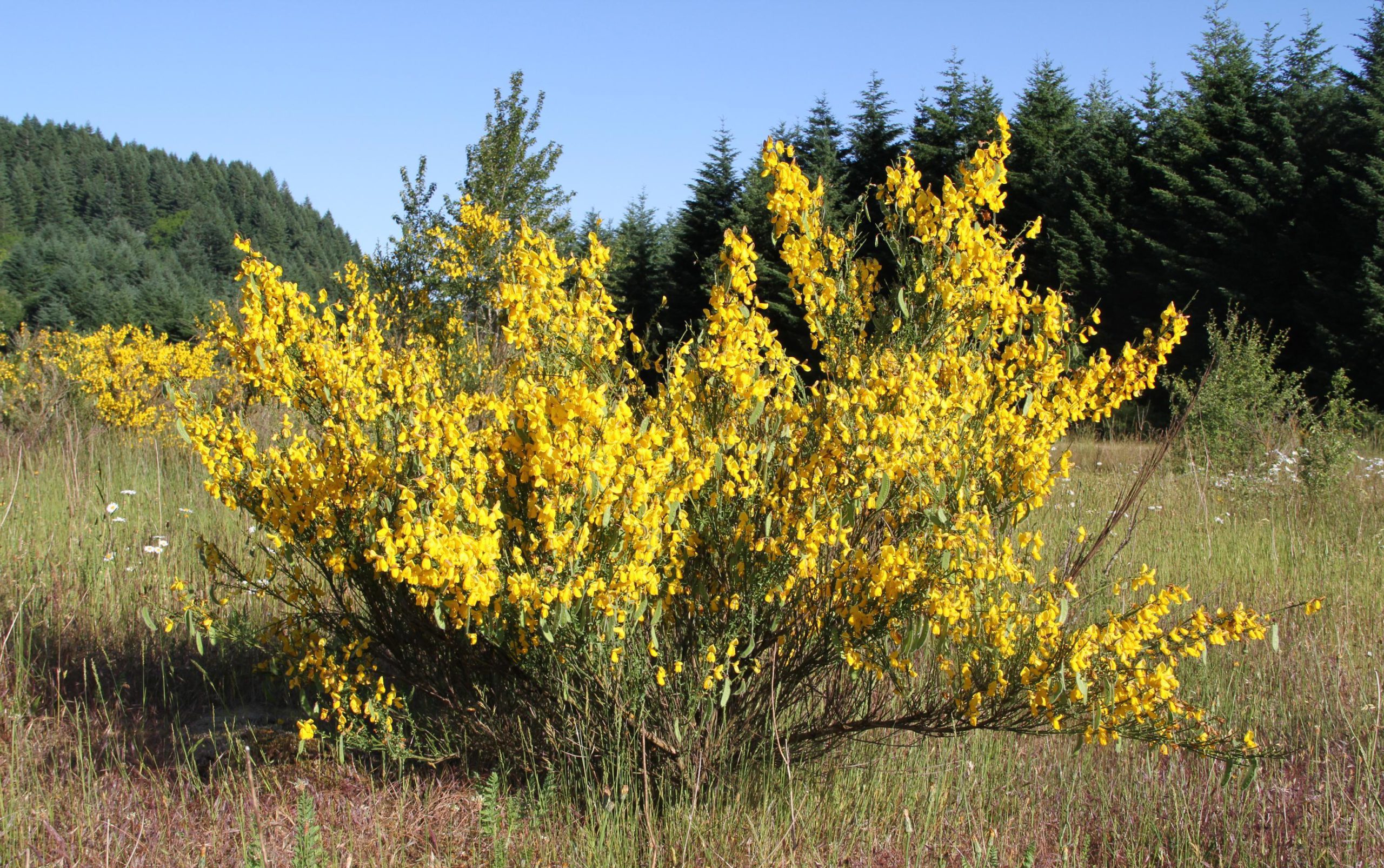


May cause excessive soil disturbanceįeasible option for low conservation value land such as roadsides otherwise this may harm sensitive habitat Only be performed once to minimize soil disturbance.ĭesired plant is established and broom poses little threatĬost-effective, fairly unobtrusive but labour intensive. Several years until no new growth is detected, may re-grow from cutting Cutting is effective during periods of moisture stress Surround desirable plants with canvass moss or landscape fabric to prevent broom from competing Machinery such as power tools, bulldozers and backhoes to uproot or crush plant. Smaller plants can be pulled by hand while larger plants can be cut using laupers or saws. There is also some hope that fungal agents could be used as a future control method. Recently released a seed weevil ( Apion fuscirostre) that has shown promising results with significant seedĭamage. As for biological control agents, the Oregon Department of Agriculture Not all chemicals are effective, however for example 2,Ĥ-D is usually more effective than Roundup. Studies are focusing on the use of chemical spot treatment. Likely assist in control through covering exposed soils to prevent seed germination. As this invader is shade intolerant, planting native species after removal will Their success is marked by the reestablishment of Monocultures of Scotch broom through cutting and hand pulling. Overwhelming odds, stewardship groups on Vancouver Island have managed to gain significant ground on some Subsequently, control efforts must be sustained until the seed banks are essentially depleted. Using mechanicalĬontrol such as uprooting often triggers the germination of seeds in the ground that could be decades old! Scotch broom is difficult to control due to longevity of seedīanks, profuse seed production, tolerance to drought, long life span, and lack of natural enemies. Soil, preventing other species from establishing. This plant also tends to acidify surrounding It is generally shade intolerant, thriving in dry to very dry soils. Scotch broom is adapted to tolerate drought conditions with its deep taproot, reduced leafĪrea, photosynthetically active stems, and a thick wax coating to prevent water loss. As mentioned, it has yellow flowers (sometimes white or red) that attract large bees These seeds are protected with a seed coat that can delay Which spread by wind, small animals, water and humans. After flowering, it forms black seed pods, carrying an average of 5-9 seeds that disperse after the podsĪudibly 'pop' open! Scotch broom is known as a 'prolific seed producer' with up to 18,000 seeds per plant It begins to reproduce when it is approximately three years old and usually lives from 10-15 The possession of large spines distinguishesĬytisus scoparius is a deciduous, perennial shrub that Scotch Broom has several close relatives including Gorse ( UlexĮuropaeus) and Spanish Broom ( Spartium junceum L.). seed pods black when mature with 5-9 seeds (see.bright yellow, sometimes red or purplish-tinged.become woody and grey as plant matures (right).new stems are green and strongly angled (left).three leaflets near the base of the stem (4-8mm long).bears over wintering buds above the ground surface.Scotch broom flowers in May until early June Striking array of bright yellow flowers in spring. Despite these detriments, Scotch broom is quite spectacular with its Mainland where land development is intensive. In recently disturbed areas, and for this reason it continues to increase in areas of Vancouver Island and the Lower Therefore allowing it to spread throughout southern B.C. So far there are no known natural predators for this weed, Moisture and nutrients, especially on disturbed sites. It competes with native species for available light, Oak ecosystems as well as newly planted coniferous forests. This weed is a strong competitor with various native plants including those within declining Garry Scotch broom can be spotted with its brilliant yellow flowers in open areas such as roadsides, power lines, and Humans encouraged its continued spread as highwayĭepartments planted Scotch broom as a bank stabilizer because of its deep root structure and rapid growth. Vancouver Island before invading the Gulf Islands and mainland. Regrettably, few realized the invasiveness of this perennial as it quickly spread up the east coast of

in 1850 by Captain Walter Grant who planted broom at his farm on Vancouver Scotch broom is native to the Mediterranean areas of Europe.


 0 kommentar(er)
0 kommentar(er)
